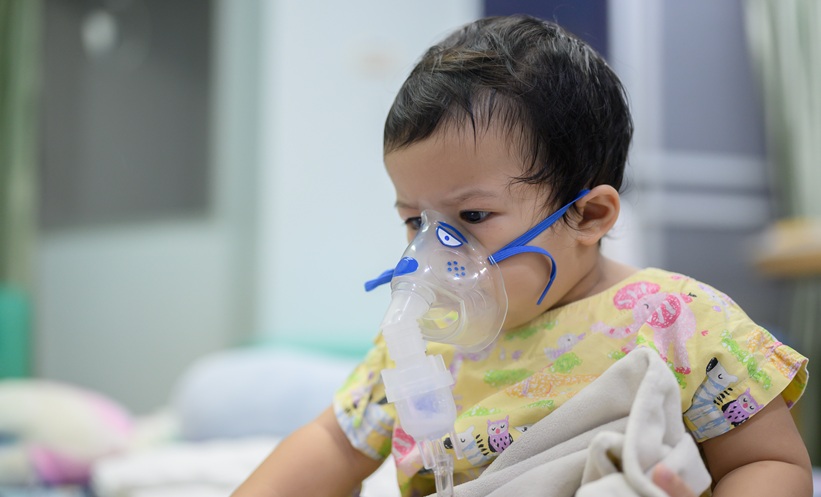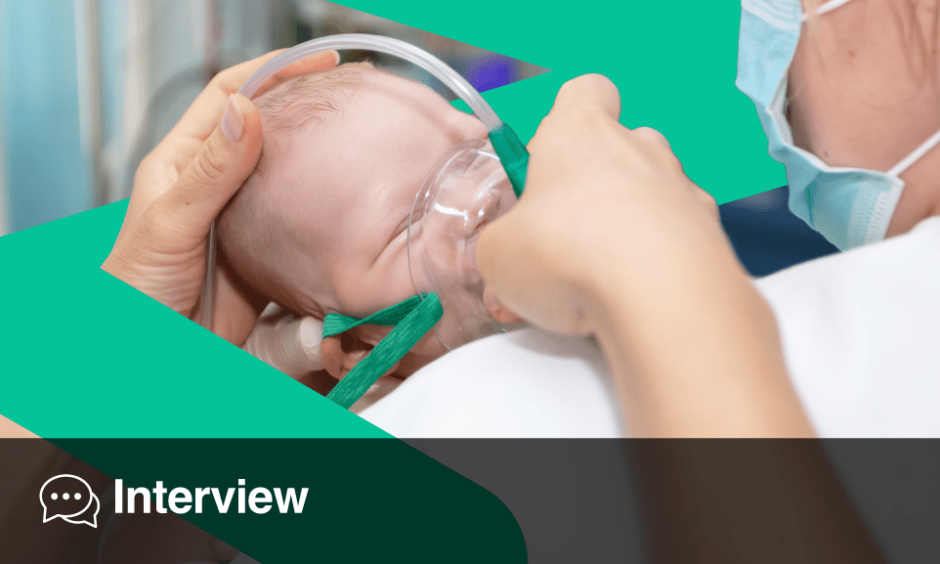NIRSEVIMAB administration was linked to lower RSV hospitalization among U.S. infants this season in analysis of real-world data.
Key Findings from the 2024–2025 Season
In this retrospective cohort of 409,723 infants born February 2024 through January 2025, 47.5% received nirsevimab during the 2024–2025 RSV season. RSV-associated hospitalization occurred in 0.4% of treated infants compared with 1.2% of untreated infants. Modeled daily rates peaked at 2.90 per 100,000 among treated infants and 13.84 per 100,000 among untreated infants. These estimates indicate a consistent protective association across the season.
Nirsevimab and Hospitalization Risk
Time to event analyses using multistate Cox models showed a strong association between nirsevimab and reduced RSV-associated hospitalization. The unadjusted hazard ratio was 0.29 and the adjusted hazard ratio was 0.23 after accounting for chronologic age, gestational age, social vulnerability index, and complex chronic conditions involving cardiovascular, neurologic, and respiratory systems. The magnitude and direction of effect were stable across models and support the preventive role of nirsevimab in routine care.
Population, Methods, and Context
The study leveraged a large multicenter electronic health record dataset and included infants with at least two months of exposure within the defined RSV season from October 1, 2024 to March 31, 2025. Exclusions addressed maternal vaccination within 14 to 280 days before delivery, deaths without hospitalization, prior season nirsevimab or RSV admission, and missing maternal linkage. Statistical comparisons used Wilcoxon rank sum and Pearson chi square tests with significance at P less than .05. Potential misclassification from care outside participating systems and incomplete maternal vaccine capture could bias findings toward the null, which suggests the protective association may be conservative.
Clinical Takeaway
For U.S. clinicians planning respiratory season prevention, these data align with an association between nirsevimab and reduced RSV hospitalization among infants in real world settings during 2024–2025. The observed risk reduction supports use for infants entering their first RSV season and informs shared decisions for older high-risk infants who meet recommended criteria.
Reference: Pelletier JH et al. Nirsevimab Administration and RSV Hospitalization in the 2024-2025 Season. JAMA Netw Open. 2025;8(9):e2533535.







